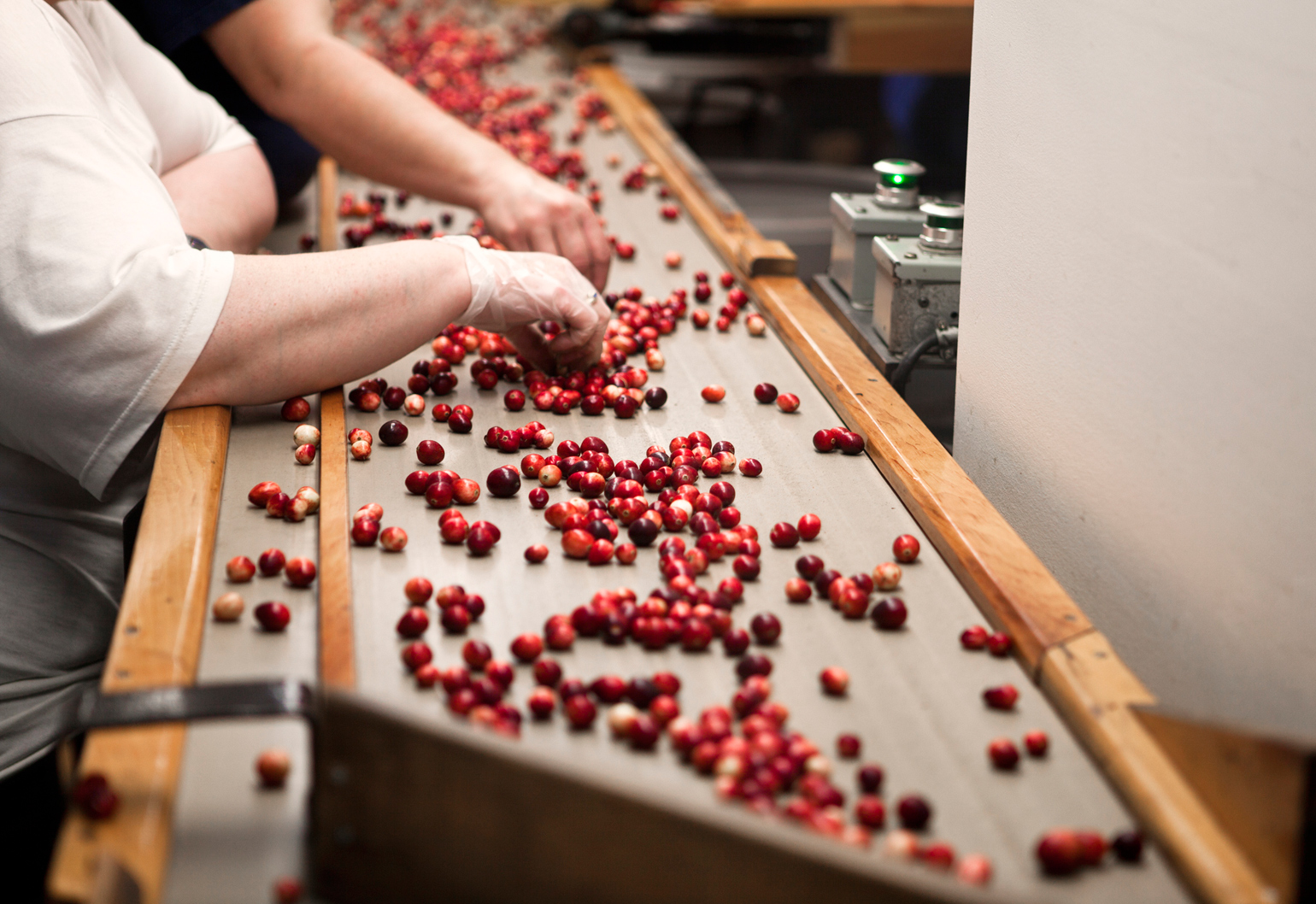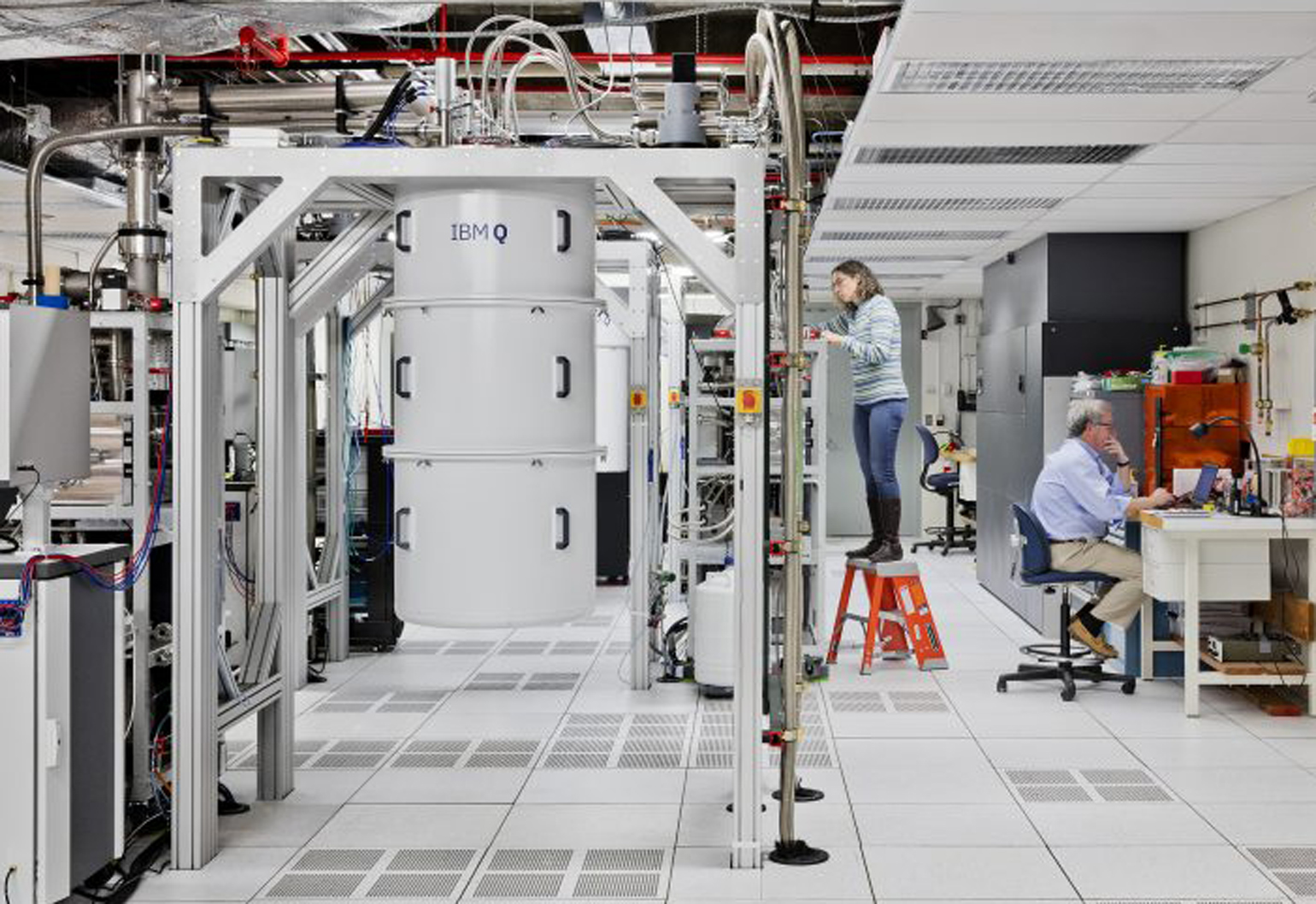Product recalls can cost food and beverage manufacturers millions. Using food-safe machinery lubricants can reduce the risk of contamination – and protect operations and business reputation in the process.
Microbial, foreign matter, chemical contaminants and biotoxins combined have accounted for more than 55 per cent of product recalls between 2008 and 2017, according to Australia/New Zealand Food Standards food recall statistics.
And it’s not just a local issue. The latest Food Processing Manufacturing Outlook Survey, released late last year, also found the results of accidental food contamination were significant. Nearly one eighth of respondents reported a product recall in the previous year, some of which cost their companies up to US$10 million (AU$12.9 million).
One quarter of these recalls were caused by chemical, foreign-body or biological contamination (although the major culprit was mislabelling).
“Food safety failures are costly, both in financial terms and in lost public and customer confidence,” stated Kevin T. Higgins, Managing Editor of Food Processing.
Almost 25 per cent of respondents to the US survey ranked food safety as their top concern – ahead of cost control, labour safety and automation.
A potential cause of food contamination is contact with lubricants or greases used in machinery. Some lubricants, such as those used on grills, will routinely come into contact with food. Others, such as conveyor chain oils or compressor lubricants, could also inadvertently become food additives – either through surface contact or an undetected leak.
Using machinery lubricants that are accredited as safe for contact with food is one way to keep costly product recalls at bay.
Understanding food grade lubricants
As there is no legislation in Australia that specifically governs food grade lubricants, it is good practice to use lubricants registered under the standards developed by NSF International, a US-based, non-government organisation.
The NSF has three levels of food grade lubricant registration: H1, H2 and H3. The H1 classification is for lubricants which might come into incidental contact with food (such as on a conveyor belt); H2 for lubricants used in areas where there is no possibility that lubricants will touch food; and H3 for edible oils used on grills and in rust prevention on hooks or trolleys.
There are also corresponding classifications for lubricants used in heat transfer (HT). So HT1 is approved for incidental contact with food.
These categories are based on the now defunct US Department of Agriculture (USDA) registration system which regulated food grade lubricants according to their ingredients, instructions and labelling.
NSF also certifies food in accordance with ISO 21469, which goes beyond the H-category requirements by considering the lubricant supplier’s manufacturing system including hygiene and packing.
A list of approved food grade lubricants is maintained on the NSF International website, and products will also be labelled with the NSF mark.
The Australian Quarantine Inspection Service (AQIS) and HACCP Australia also accredit food grade lubricants, with HACCP offering certification of manufacturing systems as well as formulation.
Because it can be difficult to determine the risk of lubricants coming into contact with contaminants in the case of maintenance or leaks, converting all food manufacturing equipment to use H1 or HT1 certified lubricants is a good way to keep the risks of food contamination by lubricants as low as possible.
Making the switch
Use of high quality NSF H1 and HT1 registered lubricants combined with sound conversion practices and proper storage and handling can help improve the safety and reliability of food manufacturing (find your Mobil authorised distributor here).
Good procedures start with lubricant delivery. When products arrive, maintainers and plant managers should check packaging and seals. Damaged seals can point to contamination, and the lubricant should be discarded.
Food grade lubricants should be stored in a dry, temperature controlled room (between 5 and 25 degrees celsius), and kept separate from lubricants without an H1 or HT1 certification. Dispensing with clearly marked equipment reserved for the purpose is also important, to reduce the risk of contamination by other substances.
When replacing the lubricant in a piece of equipment, operate it under normal conditions until the existing lubricant is at a stable operating temperature.
While it is still warm, drain as much oil as possible from the system (opening low-point flanges and drains will be helpful). Where possible, use lint-free cloths, shop vacuums and squeegees to clean reservoirs and larger pipes. The filter housings should also be drained and filters replaced.
Next, flush the system with fresh H1 or HT1 lubricant and operate it for at least an hour, or longer if there are signs of sold or water contamination. Then repeat the draining and cleaning process before filling with food grade lubricant.
Complex systems might need additional flushing before they are free of non food grade contaminants.
In today’s ever-expanding global economy, food and beverage manufacturers are under increasing pressure to ensure product safety, protect their brand’s reputation and build productivity. Converting to food safe machinery lubricants can be a step in the right direction.
Share your challenge and win!
What do you think are the biggest challenges facing the food and beverage manufacturing industry? ExxonMobil wants to learn more about the everyday issues Australian engineers face.
Contribute to ExxonMobil’s journey in defining solutions for today, tomorrow and beyond by submitting your lubricant business challenge and be rewarded with a $20 Woolworth supermarket voucher! To submit your challenge, click here.



